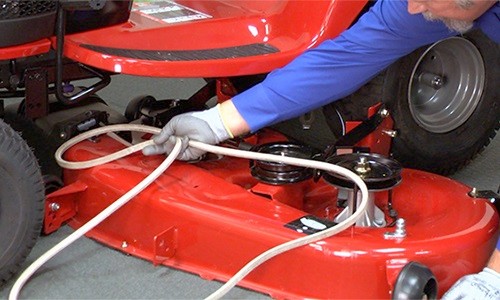By Keith Dooley Updated March 07, 2022
Riding mowers are a matter of convenience for some homeowners and a necessity for others when cutting large areas of grass. The tires on a riding mower are designed to be durable, but due to normal use, there may be times when a tire loses air pressure. When this happens, the tire may separate from the rim. Sealing a mower tire to the rim requires a few basic steps and can be accomplished at home.
Park the riding mower on a flat and level area, leave the transmission in gear and set the parking brake. Put on gloves to protect your hands while working.
Pull the plastic cap off the axle with the flat tire. Remove the snap ring with snap ring pliers, and then pull the ring and washer off the axle. Place a tire jack under the front of the mower. Home Depot points out that the jack must be under the frame and not the motor. Raise the mower so the flat tire is off the ground and pull the wheel and tire off the axle.
Inspect the tire for damage such as a slit or puncture that could prevent proper inflation. Remove a damaged tire from the rim by prying the tire over the rim with blade screwdrivers. Obtain a suitable replacement tire if necessary from a mower repair shop or hardware store.
Install the replacement tire onto the wheel by working the tire over the rim with the blade screwdrivers. Apply tire seal along the edge of the rim where the tire will seat.
Place a ratchet strap around the tire and pull down until snug, instructs Random Knowledge Guy. Apply enough pressure to the tire with the strap to force the sides of the tire down firmly against the wheel. Use a tire pump to inflate the tire partially and force the sides of the tire to seat against the rim.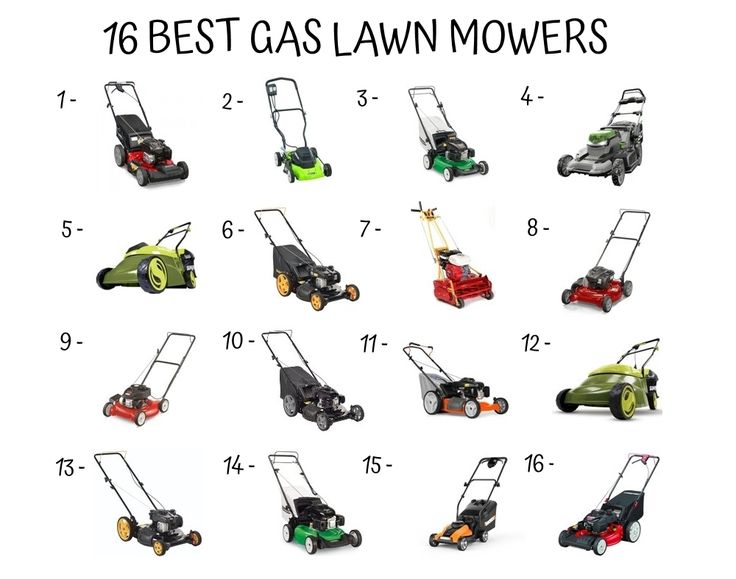
Loosen the ratchet strap a little and add more air. Continue to loosen the strap and add air until you are sure the tire is securely seated on the wheel. Remove the strap, and then fill the tire completely with air. Use a tire pressure gauge to check the pressure. Refer to the manufacturer's recommended tire pressure; it is usually listed on the side of the tire.
Place the wheel and tire assembly back on the mower axle. Install the washer and snap ring, and then replace the plastic cap on the axle. Lower the mower with the jack to use the mower.
Gloves
Tire jack
Snap ring pliers
Blade screwdrivers
Replacement tire
Tire seal
Ratchet strap
Air pump
References
Writer Bio
Keith Dooley has done work in the field of landscaping and design for more than 10 years.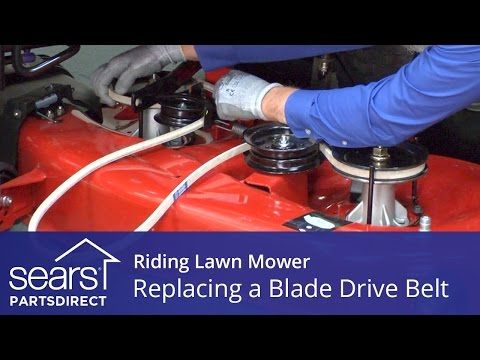 He has implemented his own designs, as well as pulled from techniques learned through studies, creating many landscapes for others to enjoy.He has also maintained lawns, athletic fields, town parks, large gardens and game fields.
He has implemented his own designs, as well as pulled from techniques learned through studies, creating many landscapes for others to enjoy.He has also maintained lawns, athletic fields, town parks, large gardens and game fields.
As an Amazon Associate we earn from qualifying purchases made on our website. If you make a purchase through links from this website, we may get a small share of the sale from Amazon and other similar affiliate programs.
Getting a flat on your lawnmower tire can be such a pain. And repairing the tire can be even more of a pain! There are plenty of options to find out how to fix a tire online, but the sheer amount of options from YouTube to forum sites may cause a headache.
To help ease your brain from ensuing headaches, I have compiled a list of three ways to repair a tire and the types of equipment you will need to repair your tire. This will put you on the right track.
This will put you on the right track.
For every tire, including lawnmower tires, there is a point of no return when a tire cannot be repaired. It is essential to know the difference between what can be fixed and what cannot be fixed. That’s why this article has a section dedicated to what tire damages and mishaps cannot usually be fixed using these three repairing strategies.
If there’s a small hole caused by an impaled object on your tire, one of the best ways to repair it is by using tire sealant.
Using sealant to repair a lawn mower tire is ideally a straightforward process. But there are a few different types of sealant to choose from, so knowing the right one to choose is vital.
Pressurized sealants cost around the $6-12 range, so you won’t have an empty wallet trying to look for one. Pressurized sealants are cheap and only made for one-time use.
Liquid sealants, which pour into the valve stem of a tire wheel, cost a little bit more, around $9-12. You will need a compressor or portable tire inflator for the liquid sealant to work correctly.
Tire sealant kits come with a compressor, and they can cost in the $30-80 range. I would recommend getting a sealant kit over the other options. The kit provides the compressor that liquid sealants need and inflates the tire unlike what most pressurized sealants claim they do.
If you need recommendations on what type of tire sealant is the best, check out Consumer Reports’ tire sealant review page. Consumer Reports gives excellent micro-reviews on which sealants are capable of filling 2.4 mm and 5.8 mm tire holes. They also list the price of each sealant, so you don’t have to look it up.
Before you do any work, DO NOT pull out the object that is causing the hole in the tire at first. This will cause the sealant to be unable to seal the hole. You can pull the object out of the tire after applying sealant, as shown in the directions later.
This will cause the sealant to be unable to seal the hole. You can pull the object out of the tire after applying sealant, as shown in the directions later.
Some sealant bottles may come with a chart to tell you how much sealant you should use for the size of the tire you’re fixing. Make sure you look at the chart to see how much sealant you should use or else your tire will not have enough sealant, and the leakage will happen again.
Tools Needed:
Directions
 This position is the most easily accessible position to work on your tire.
This position is the most easily accessible position to work on your tire.
This video here from TireJect explains the process step by step.
A tire plug kit is another way to fix a hole in your tire. Usually, tire plug kits come with a reamer/plug tool, some plug wires which block the hole, and some contact cement.
To plug a tire, the tire needs to be removed from the car, so a floor jack is necessary. Here are some of the tools you will need to patch up the tire.
Tools:
If you don’t have a tire repair kit, make sure to have these individual items on hand:
Removing a Tire from a Lawn Mower
To plug the tire, you’ll first need to take it off the lawn mower.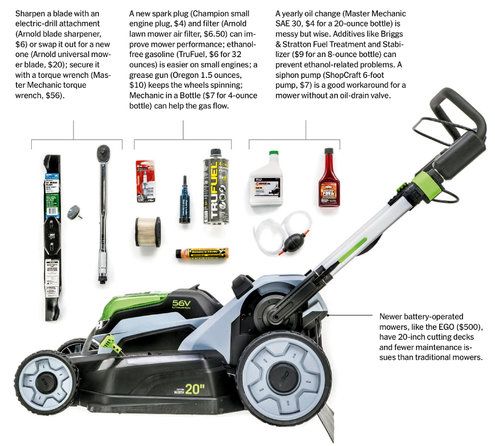 Follow the directions below to ensure you properly remove the tire, which will also help make sure it goes back on properly.
Follow the directions below to ensure you properly remove the tire, which will also help make sure it goes back on properly.
Directions:
Now that the tire has been removed from the mower, it is time to patch the tire using a tire plug kit.
Directions:
 The air from the leak will make bubbles from the soapy water, showing you where the leak is.
The air from the leak will make bubbles from the soapy water, showing you where the leak is.Helpful hint… I have seen videos on YouTube where people have poured the contact cement on the plug after inserting the plug in the plug tool. This also works.
This also works.
This video here expains the process quite well:
Reinstalling the Tire

Patching a tire is considered the most efficient way to truly repair your damaged tire and can usually fix larger holes than plugs and sealant. The reason why patching a tire is considered the most efficient is because patching doesn’t just check the outside of the tire, but the inside as well.
When a tire has a hole in it and begins to lose air, the sidewall starts to deteriorate, leaving black dust from the sidewall on the inside of the tire. This can be prevented by patching a tire.
If you plan on patching a tire, prepare yourself. Patching a tire is easily the most challenging tire job out of the three ways to repair your tire in this article. You know the saying: hard work produces the best results.
But, the sidewall itself can’t be patched. Any damage to the sidewall itself, whether it’s from an outside source of weakening from within, will require a new tire.
Much like using the tire plug kit, patching a tire requires a floor jack to remove the tire from the lawnmower. Patch kits take things one step further, though. Removing the rim of the tire is a crucial step. You will find out how to do so here!
Tools Needed:

To save you some more time, we’ll start these directions after removing the tire from the lawnmower. Look back at the directions for “Removing a Tire from a Lawnmower” to learn how to do that properly.
Directions:
 Put your foot on the rim of the tire to hold it still.
Put your foot on the rim of the tire to hold it still.Helpful hint: Not all bead breakers are the same. Some may require a hammer to break the bead while some do not.
Directions:
 This may take a few tries to get the hole to a size large enough for the plug to fit in, so do not stop at just one push inside the hole.
This may take a few tries to get the hole to a size large enough for the plug to fit in, so do not stop at just one push inside the hole.
Lawn mower tires tend to last five years. Sealants, Plugs, and Patches are all perfectly fine ways to repair and expand your tire’s life expectancy (though I believe patching to be the most efficient).
But, there are points where tires have reached the point of no return. Car owners need to know when that point has been reached. Look below for more details!
To check for dead tread, insert a penny into the groove with Lincoln’s head right side up. If you can see all of Lincoln’s head, you should probably replace your tire.
You can fix a flat lawn mower tire on your own, as long as it’s not too far gone. Using sealant, plugging, or patching a lawn mower tire are each effective in their own right. It’s essential to fix the flat tire before any permanent damage is done.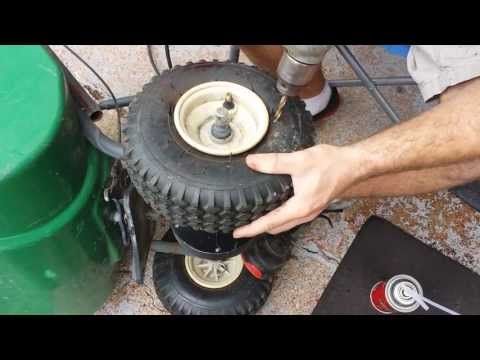
The sidewall can become damaged if there’s a leak in the tire, and that is not a DIY fix. Keep an eye on your lawn mower tires and be ready to replace them about every five years.
Are you a landscaping enthusiast and want to help me grow Landscapingplanet.com? I am looking for writers! Just send me an email at [email protected]
No one wants tires to damage the grass while landscaping. In other words, garden tires should have minimal impact on the soil. For this purpose, BKT specialists have developed a line of tires for garden and lawn equipment.
When choosing tires for lawn and garden work, you should pay attention to parameters such as maneuverability, strength and handling. Compact tractors and lawn tractors equipped with tires with these qualities will be able to perform at their best.
Tires built for performance
Among agricultural tires, the range of tires for garden and lawn equipment stands out, first of all, for its minimal impact on the soil. In addition, it is characterized by a long service life, excellent maneuverability and excellent puncture resistance. It is on these characteristics that the efficiency of compact tractors and lawn tractors depends.
In addition, it is characterized by a long service life, excellent maneuverability and excellent puncture resistance. It is on these characteristics that the efficiency of compact tractors and lawn tractors depends.
Lawn tractors are rarely overloaded, but the tires fitted to them must still have a high load capacity. Why? The fact is that tires with high load capacity have a thicker and stronger carcass, so they resist punctures better. This is especially important when operating the lawn tractor on uneven terrain with lots of spikes, or when using the tractor for other tasks other than mowing grass.
Which tread pattern should I choose?
It all depends on the soil and the type of work, so this question is best asked by someone who is well versed in tires. Our consultants are always at your service.
In general, the BKT range of tires for garden and lawn equipment includes models with different tread patterns to suit different working situations.
Mixed use dirt tires are the most popular choice for compact tractors and lawn mowers. The tread pattern of these tires provides excellent traction on slippery grass while preventing tire penetration and ground damage.
Find out more about our tires LG 306, LG 307 and LG 408.
The All Terrain Tires are a great choice for dirt, sand or soil. Large blocks and deep tread grooves provide excellent traction on loose surfaces.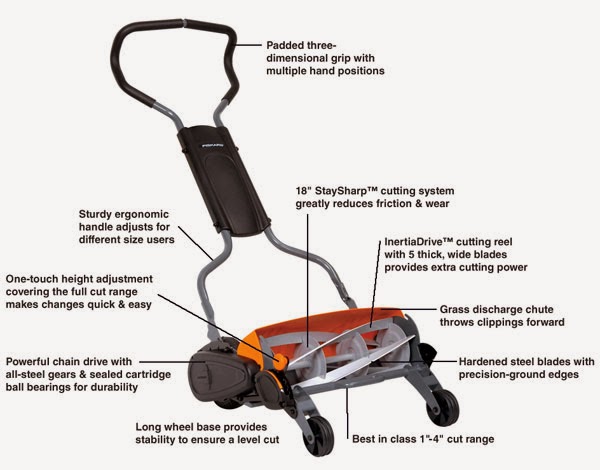 And thanks to the increased voids between the blocks, they have an excellent ability to self-clean.
And thanks to the increased voids between the blocks, they have an excellent ability to self-clean.
Maybe the AT 119 is right for you?
Tires with longitudinal ribs are mainly designed for easy rolling and long service life. This projector pattern provides excellent lateral stability, preventing the tractor from slipping sideways. These tires are recommended for applications where the need for free rolling is greater than for traction.
If this is your situation, you can check out our LG RIB and LG RIB PLUS tires.
The slick tires are treadless tires ideal for lawn tractors that can turn on the spot. There is no friction between the smooth tire and the grass, so there are no marks left on the lawn. This is how our LG SMOOTH tire works.
Expert answers to questions about garden and lawn tires
Landscaping is diverse, so there are many questions to answer when choosing the best tire for your compact tractor or lawn tractor. Among them - "Which tires to choose to replace on a garden tractor?" or “How do I install tires on a lawn tractor?”.
Among them - "Which tires to choose to replace on a garden tractor?" or “How do I install tires on a lawn tractor?”.
There are no wrong questions. Our experts will be happy to help you and answer all your questions about tires for garden and lawn equipment.
Return to list
Both gasoline and electric lawn mowers are classified by more than just manufacturer and power. Devices have a lot of basic and additional functions, each of which should be considered separately.
The most popular manufacturers of lawn mowers today are the brands:
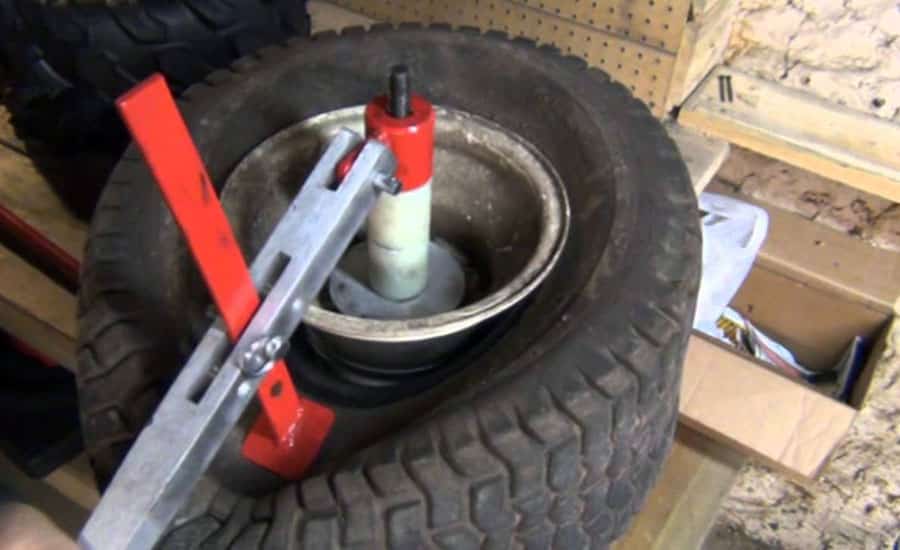
The quality of equipment largely depends on the manufacturer. However, inexpensive Russian-made models are often in high demand.
The cutting height is a parameter that indicates the distance between the ground and the top of the grass after the lawn has been worked. There is no universal value for the height of the bevel. The indicator is self-adjusting. You can do this in three ways:
The last method is considered the most convenient. However, lawn mowers with central adjustment are a bit more expensive. If the lawn is cut no more than twice a week, then it is better not to overpay, and get by with the first two methods of adjusting the cutting height.
If the lawn is cut no more than twice a week, then it is better not to overpay, and get by with the first two methods of adjusting the cutting height.
The type of cutting system is a parameter that determines whether the gardener will be comfortable working with this lawn mower in the future.
Electric models are divided into:
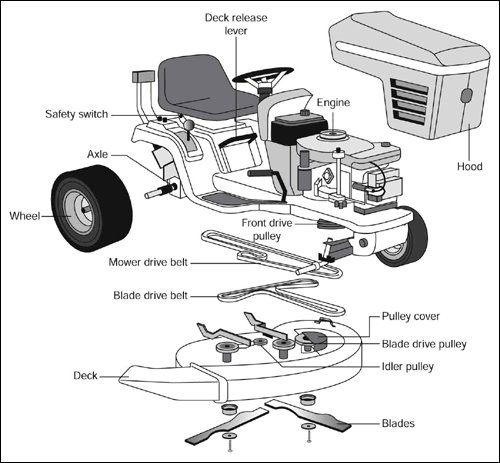
Which of the above systems is better - each gardener decides for himself. For those who mow the lawn several times a week, models with a drum system are suitable, for the rest - only rotary ones.
Most modern electric and petrol mowers have a side discharge feature.
In the process of work, the cut grass is thrown out:

Each grass ejection method has its advantages and disadvantages. Removing the cut grass into the grass catcher keeps the lawn level and well-groomed. But on the other hand, the crushed mass plays the role of the nutritional basis of the lawn. When purchasing a lawn mower with a grass catcher, the gardener should choose a model with a rigid container.
When deciding which lawn mower to choose, the user should pay attention to the engine power. On the garden equipment market, devices with a power of 800 to 3000 watts are presented. The higher the power, the greater the performance.
With low-power equipment, you can cut an already well-groomed lawn. If you need to process a site with a large amount of tall grass, then it is better to purchase a more powerful unit.
Electric lawn mowers have two types of movement:
 Engine power is directed both to the movement of the wheels and to the operation of the knife. These mowers have an impressive size, and are suitable for processing small areas.
Engine power is directed both to the movement of the wheels and to the operation of the knife. These mowers have an impressive size, and are suitable for processing small areas. A self-propelled lawn mower is considered professional equipment, so it costs much more than a non-self-propelled model.
The processing width is an indicator that depends on the size of the knife and deck. In order to process the lawn as quickly as possible, we recommend purchasing a mower with a maximum cutting width.
Budget models mow 30-40 cm, and expensive ones up to 46 cm. Lawn mowers with a wide bevel are more difficult to control, but when mowing the lawn, fewer passes will be required. Models with a smaller tillage width will take longer to work with, but it is easier to bypass bushes and trees with them.
Models with a smaller tillage width will take longer to work with, but it is easier to bypass bushes and trees with them.
The deck is the supporting structure of the mower. It contains the blades of an electric lawn mower. Depending on the quality and manufacturer, the deck is made from:
The most durable models are those whose deck is made of aluminum. This metal is not subject to corrosion, which means it will last a long time. Plastic elements quickly fail, but some gardeners still give them their preference.
The weight of the lawnmower greatly affects the usability. Electric models equipped with two wheels weigh about 13 kg. They are easy to manage and move around the site.
Devices with four wheels weigh approximately 40 kg. They are more difficult to use, but they have a powerful engine and a wide range of functions.
There are minor, but also noteworthy parameters of lawn mowers. These include:
These include:
Before deciding which electric lawn mower to choose, you need to pay attention to the characteristics of the wheels.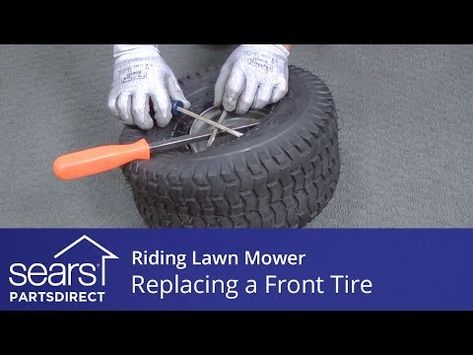 Models can be either two-wheeled or three- or four-wheeled. Wheel sizes affect flotation - the wider they are, the better the mower moves over uneven lawn.
Models can be either two-wheeled or three- or four-wheeled. Wheel sizes affect flotation - the wider they are, the better the mower moves over uneven lawn.
Many gardeners, before buying a device, are wondering which lawn mower is better to choose: electric or gasoline? The tool must suit the person both in price and in weight, as well as in terms of the size of the site.
If the area of the site is about 10-15 square meters. meters, then electric models should be preferred. But if the lawn is more than 50 sq. meters, it is best to purchase a gasoline mower.
The lawn mower needs to be user-friendly, so consider options with adjustable handle height.
An electric lawn mower is a piece of equipment that will ease the hassle of mowing the lawn. For this reason, such mowers have a number of undeniable advantages:
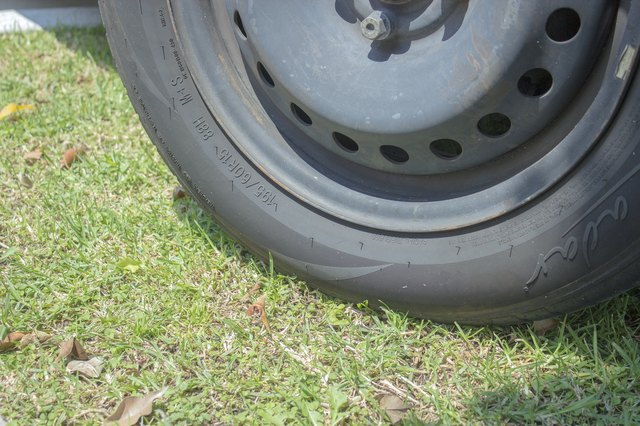 This parameter is especially relevant for those whose plot is close to the neighbors' house.
This parameter is especially relevant for those whose plot is close to the neighbors' house. Despite the many advantages, electric models have several disadvantages. First, you should not buy a machine for mowing large lawns. The operating range of the electric mower is limited by the length of the mains cable. Second, these models are highly dependent on access to electricity. However, some models are still equipped with a battery. In any case, the gardener will have to constantly monitor that the cord is not within the working area and is not damaged.
Gasoline lawnmowers differ from electric lawnmowers in the power source. But, like any technique, they have their advantages and disadvantages.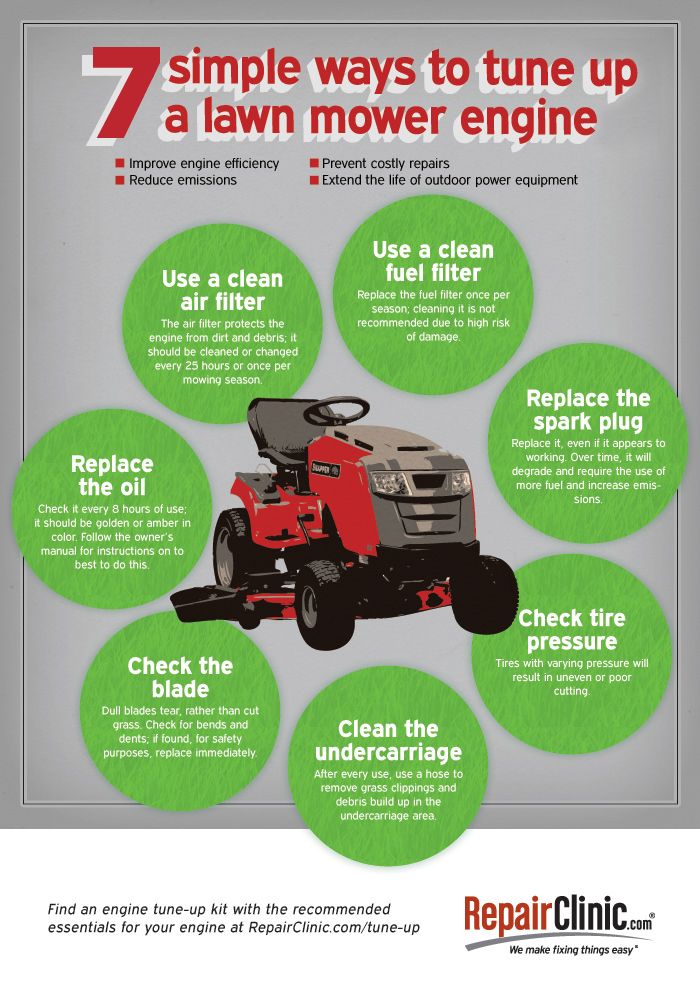
The advantages of gasoline models include:
As for the disadvantages, they include a large weight of the device and a high level of noise. In addition, during the operation of the mower, harmful exhaust gases that pollute the air enter the air.
By choosing a gas lawn mower, the gardener will simplify lawn care for himself, but will harm the environment.
The Champion EM4216 lawn mower is a productive and reliable machine for garden care. This model perfectly copes with lawns with an area of no more than 12 acres. The tool is equipped with a powerful engine of 1600 W, as well as an impressive working width of 42 cm. A distinctive feature of the presented mower is the presence of a centralized height adjustment. The minimum cutting height is 20 mm and the maximum is 70 mm. The grass is collected in a grass collector made of polypropylene. The container holds up to 45 liters of grass. The motor consumes little electricity and does not make much noise.
The tool is equipped with a powerful engine of 1600 W, as well as an impressive working width of 42 cm. A distinctive feature of the presented mower is the presence of a centralized height adjustment. The minimum cutting height is 20 mm and the maximum is 70 mm. The grass is collected in a grass collector made of polypropylene. The container holds up to 45 liters of grass. The motor consumes little electricity and does not make much noise.
The Champion EM4118 lawn mower is a machine designed for cutting and trimming grass. The device has a single-lever adjustment of the knives, which allows you to quickly change their position to the desired height of the stems. The power unit is an engine with a power of 1800 watts. To put the mower into operation, it is necessary to connect the power cord to a 220V power source.
The grass mowed in the process of work falls into a plastic grass collector with a volume of 50 liters. A special indicator will tell the owner when it's time to empty the container. The weight of the model is only 13 kg, which ensures its convenient transportation. The electric motor does not emit harmful substances into the atmosphere, and also does not require additional maintenance.
A special indicator will tell the owner when it's time to empty the container. The weight of the model is only 13 kg, which ensures its convenient transportation. The electric motor does not emit harmful substances into the atmosphere, and also does not require additional maintenance.
The lawn mower of the Gardena PowerMax 1600/37 model is a high-quality and convenient tool, the engine power of which is 1600 watts. The unit is able to mow both tall and wet grass. The light weight and generously sized rear wheels provide some maneuverability, allowing you to cut grass close to lawn edges and other obstacles.
With the help of the modern Cut&Collect system, air circulation has been improved during the operation of the device. The cut grass falls into the grass catcher located between the handle posts. If desired, the container can be easily removed by pulling up. The ErgoTec Plus handle provides a comfortable hand position.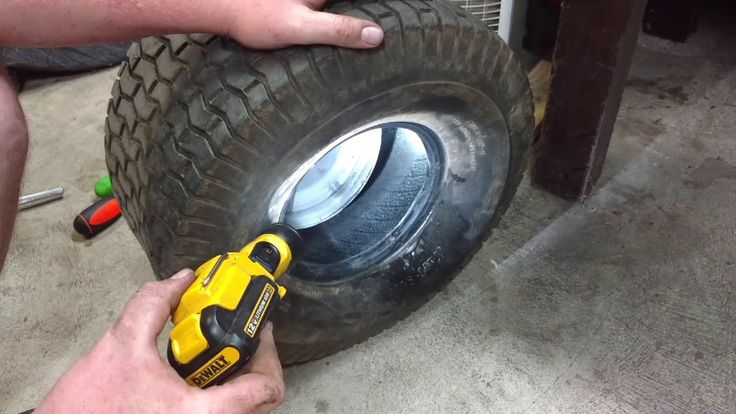
The Gardena PowerMax 1800/42 lawn mower is the perfect machine for large lawns. The advanced CnC Plus mowing system impresses with the result. Improved air circulation and a well-positioned grass collector ensure efficient collection of cut grass. The volume of the container is 45 liters, which means that the gardener does not have to empty the container too often.
The ergonomic handle maintains a natural hand position for maximum comfort. The telescoping handle can be modified for compact storage or transport. It is possible to mulch the soil at no additional cost.
The Husqvarna LC 141C lawnmower is an easy-to-operate machine that requires virtually no maintenance. The device is ideal for mowing both small areas and large lawns. The model is equipped with a capacious fabric grass catcher with a volume of 50 liters. The height of the bevel can be easily changed using a special lever.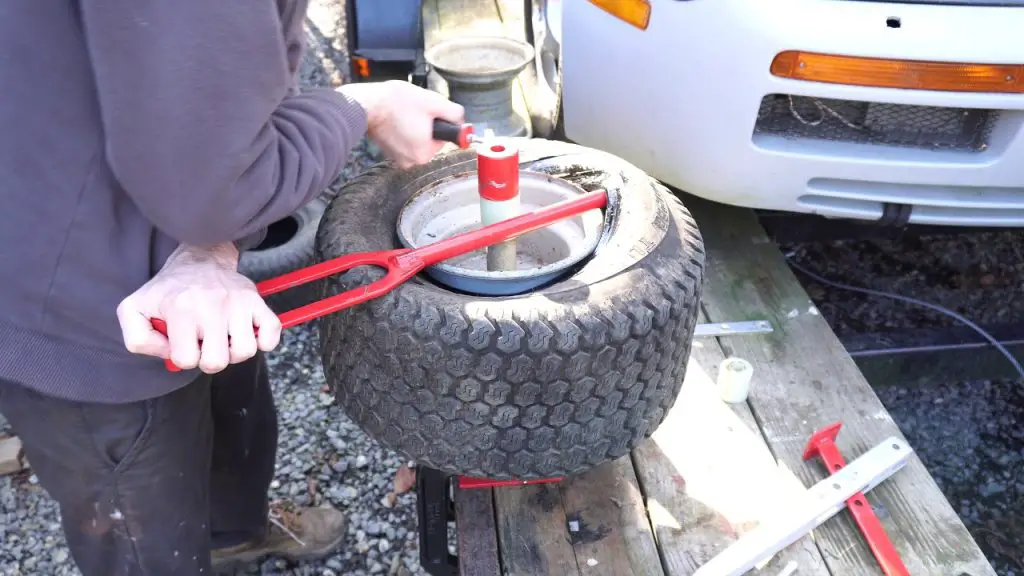 If desired, the BioClip kit for mulching can be installed on the device. For ease of storage and transportation, the model is equipped with an adjustable handle. Low noise level ensures comfortable operation without annoying neighbors and residents.
If desired, the BioClip kit for mulching can be installed on the device. For ease of storage and transportation, the model is equipped with an adjustable handle. Low noise level ensures comfortable operation without annoying neighbors and residents.
The Husqvarna LC 247SP lawnmower is a self-propelled machine with an automatic choke. Equipped with a 4-stroke Briggs&Stratton 575EX Series 2100W engine, the device is designed to collect grass on flat garden plots. Easy adjustment of the cutting height makes it easy to use the device during intensive work. Easy start of the engine happens thanks to the automatic throttle.
The wheels and deck are made of wear-resistant composite materials. This ensures high mowing performance and excellent manoeuvrability. The volume of the grass catcher is 55 liters. The folding handle makes it easy to store and transport the mower.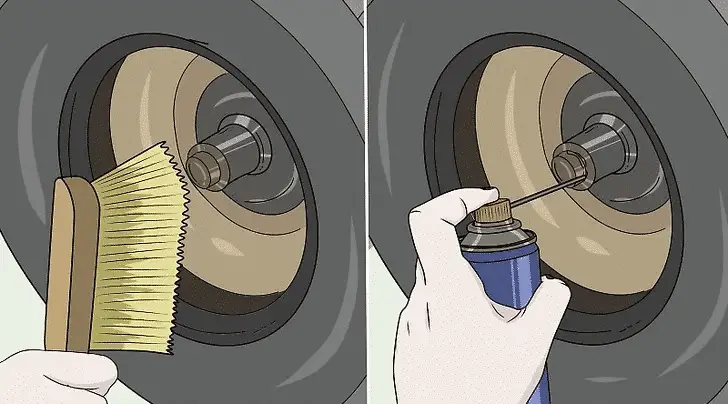
The Husqvarna LC 551SP lawn mower is a light and compact mower with a powerful Kawasaki OHV FJ180 KAI 29 engine00 W. Due to its high performance, this unit is ideal for frequent use. The mower is equipped with a capacious 1.9 liter fuel tank and rear wheel drive, which allows it to travel at a speed of 4.1 km/h.
The cutting deck is made of aluminum, which means that it is not subject to corrosion. The capacious fabric grass-collector increases duration of work of the device. The wheels are equipped with ball bearings for increased maneuverability. Adjustment of mowing height is carried out in the range of 26-74 mm.
The McCulloch M51-150R Classic petrol lawn mower is a device designed to work on huge areas. Durable powder-coated housing guarantees a long service life of the device. The model has a wide deck and a capacious grass collector with a volume of 55 liters.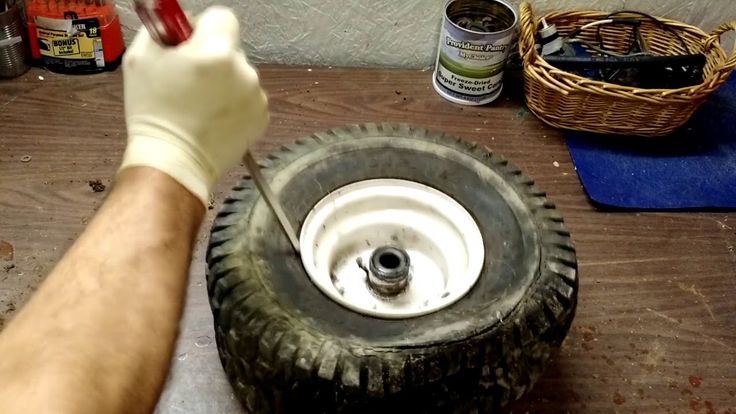 If desired, the mower may not collect grass, but mulch it. The single speed drive allows you to get the job done faster and more efficiently.
If desired, the mower may not collect grass, but mulch it. The single speed drive allows you to get the job done faster and more efficiently.
Sturdy, ergonomic handles provide a comfortable grip, and hinges make them easy to adjust. You can change the cutting height using the levers on each wheel. Thanks to reliable ball bearings, the operation of the lawn mower becomes smoother.
The Champion LM4215 petrol lawn mower is a combination grass catcher unit. The device is designed for mowing grass in small areas. Champion T100 motor power is 1500 watts. Light weight and simple design will allow even a fragile woman to operate a lawn mower. The wheels are equipped with durable bearings that simplify the movement of the unit on the grass.
In the course of work, the mowed grass falls into the grass catcher. If desired, mowing with mulching can be done. The comfortable handle of the model has a soft grip, which suppresses the shaking of the mower, and also prevents the operator's hands from slipping.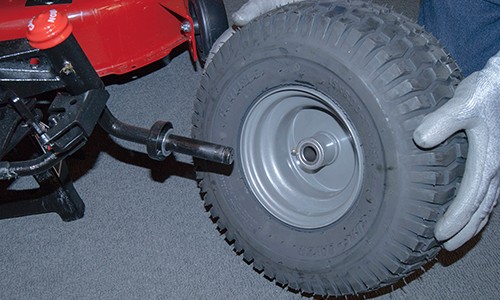
The Champion LM4627 petrol lawn mower is designed for mowing grass on areas over 800 sq.m. The device is equipped with a four-stroke gasoline engine with a power of 2600 W. The device is able to work for a long time in intensive mode. The cutting elements are made of durable material that does not dull or break over time. The knife consists of two blades, and the high position of the deck allows the device to suck up grass clippings and debris from the lawn. This feature makes lawn cleaning even more efficient.
The lawn mower has an optimal bevel of 46 cm, which allows it to work on an area planted with trees and shrubs. Only one lever needs to be used to set the cutting height. A wide range of functions distinguishes this model from analogues.
Which lawn mower to choose, gasoline or electric - each gardener decides for himself. Any, even premium model, has its advantages and disadvantages.